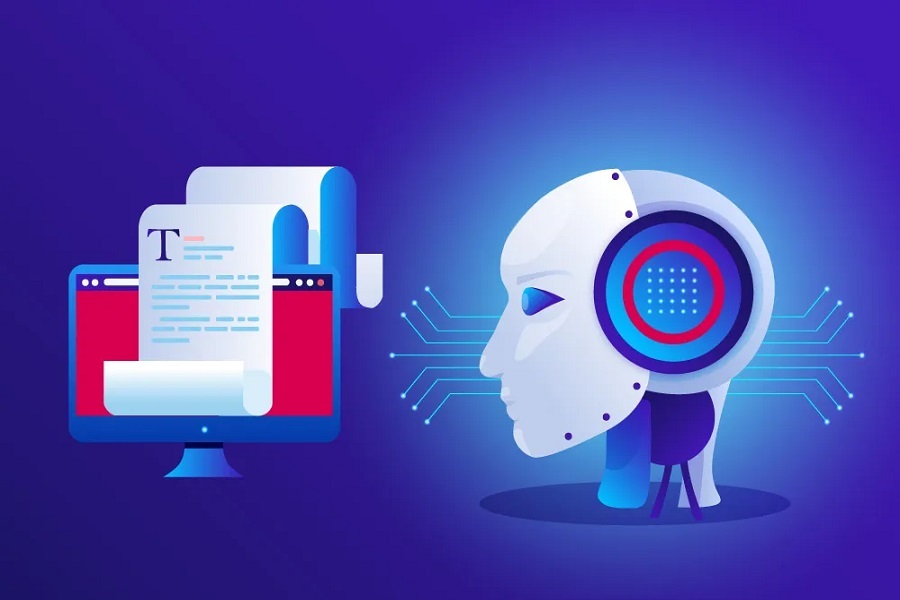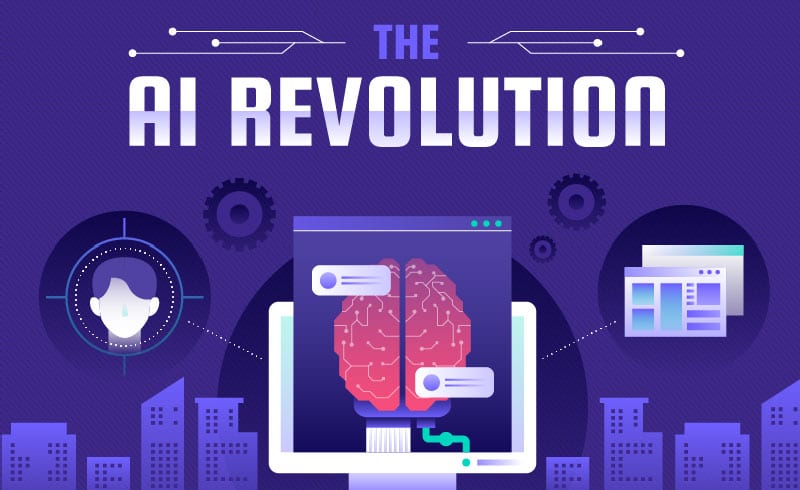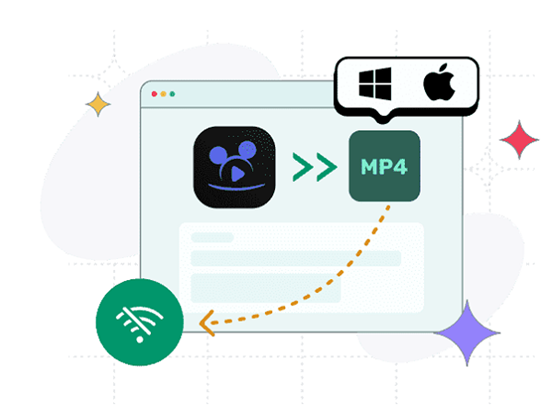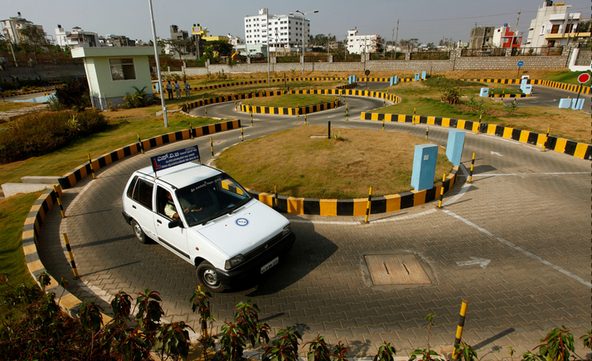In today’s competitive job market, finding the right candidates to fill a role is crucial for the success of any organization. Traditional hiring methods, such as resumes and interviews, often fall short of providing a comprehensive assessment of a candidate’s skills and competencies.
However, with the advent of technology, video conferencing has emerged as a powerful skill assessment and hiring tool for both employers and employees.

What is Video Conferencing?
Video conferencing is a communication technology that allows individuals or groups to connect and interact in real-time through audio and video transmissions. It enables face-to-face communication regardless of geographical location by accessing cloud services for video storage, making it an ideal platform for conducting remote interviews and assessments.
By leveraging video conferencing tools, hiring managers can gain valuable insights into a candidate’s non-verbal cues, communication abilities, and overall demeanour.
Best Practices for Using Video Conferencing in Hiring
To maximize the benefits of video conferencing in assessing candidates’ soft skills, it’s essential to follow best practices throughout the process. Here are some key steps to consider:
Step 1: Preparing the Candidate
Before conducting a video assessment, it’s crucial to provide the candidate with clear instructions and expectations. Some hiring managers prefer building lists for sending out videos to candidates beforehand in order to help them gain experience with video conferencing. This ensures that they understand the purpose of the assessment and can focus on presenting their skills and competencies effectively.
Step 2: Designing the Assessment
To effectively assess a candidate’s soft skills through video conferencing, it’s essential to carefully design the assessment. Consider the following factors when deciding on the content and format of the assessment:
- Formatting: Determine the structure of the video assessment, whether it should be a one-on-one interview, a group discussion, or a combination of various formats.
- Question Selection: Prepare a set of well-crafted questions that target the desired soft skills and competencies. These questions should provide candidates with an opportunity to showcase their abilities and demonstrate their fit with the organization’s culture.
- Technical Considerations: Ensure that all technical aspects, such as access to cloud services for proper video storage, camera angle, audio quality, and lighting, are optimized to provide a clear and professional video recording.
Step 3: Conducting the Assessment
When it’s time to conduct the video assessment, it’s important to create an environment that allows candidates to perform at their best. Consider the following tips to ensure a smooth and effective assessment:
- Technical Test Run: Before the actual assessment, conduct a technical test run with the candidate to ensure that they are comfortable with the video conferencing platform and that all equipment is functioning correctly.
- Clear Instructions: Provide candidates with clear instructions on how to record and submit their video assessment. Specify any time limits, file formats, or other requirements.
- Review and Feedback: Once the assessment is complete, take the time to review and provide constructive feedback to the candidates, helping them understand their strengths and areas for improvement.
Step 4: Evaluating and Selecting Candidates
After conducting the video assessments, it’s time to evaluate the candidates based on their performance and select the most suitable individuals for further consideration. Here are some considerations for evaluating and selecting candidates:
- Develop Evaluation Criteria: Define clear evaluation criteria based on the soft skills and competencies required for the role. This ensures consistency and objectivity in the assessment process.
- Review Video Recordings: Carefully review the video recordings, paying attention to the candidate’s communication skills, problem-solving abilities, cultural fit, and overall demeanour. Take notes and score each candidate based on the established evaluation.
- Shortlist Candidates: Identify the candidates who best meet the criteria and requirements of the role. Consider their performance in the video assessment along with their resumes, references, and any other relevant information.
The Impact of Video Conferencing on Hiring
The use of video conferencing as a hiring tool has had a significant impact on the recruitment process. By leveraging this technology, organizations can streamline their hiring processes, improve the quality of their candidate assessments by reducing bias, and ultimately make more informed hiring decisions.
To better understand the impact of video conferencing in hiring, let’s take a look at some statistics:
| Statistics | Percentage |
| 86% of employers use video interviews in their hiring process. | 86% |
| 66% of candidates prefer video interviews over traditional interviews. | 66% |
| 50% of candidates believe that video interviews provide a more accurate representation of their skills and abilities. | 50% |
| 80% of recruiters believe that video interviews shorten the hiring process. | 80% |
These statistics highlight the growing popularity and effectiveness of video conferencing in the hiring process. By embracing this technology, organizations can gain a competitive edge in attracting and assessing top talent.


























